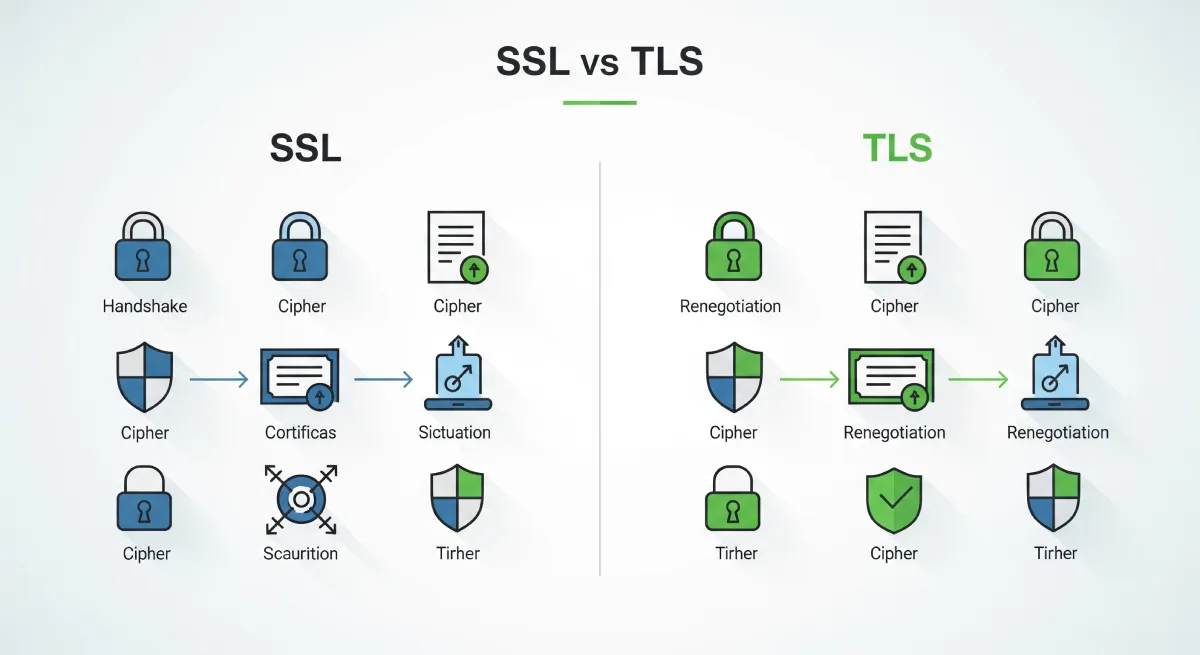When building robust database systems, developers constantly face the challenge of managing change efficiently. That’s where Logical vs Physical Data Independence comes into play — two powerful concepts that allow databases to evolve without disrupting users or applications. In this post, we explore how each type of data independence works, why they matter, and how they impact the way modern systems are designed and maintained.

Logical Data Independence: A Virtual Perspective
Logical Data Independence is the ability to modify the logical schema without affecting the application programs that access the data. It empowers organizations to adapt and evolve their data structures without disrupting existing functionalities.
The Benefits of Logical Data Independence:
1. Seamless Adaptability: Modify the logical structure without impacting applications.
2. Future-Proofing: Ensure data systems can evolve with changing business needs.
Physical Data Independence: A Tangible Foundation
Contrastingly, Physical Data Independence allows changes to the physical storage details without altering the logical schema or application programs. This flexibility is essential for optimizing database performance without sacrificing data integrity.
The Advantages of Physical Data Independence:
1. Performance Optimization: Adjust storage details for enhanced database efficiency.
2. Data Integrity Assurance: Preserve logical consistency amid physical changes.
Navigating the Data Landscape: Choosing Between Independence Types
Considerations for Logical Data Independence:
1. Application-Centric Environments:
In scenarios where applications heavily influence data structures, prioritizing Logical Data Independence ensures adaptability without disrupting crucial operations.
2. Dynamic Business Requirements:
For businesses experiencing frequent changes in data requirements, Logical Data Independence provides the agility needed to stay ahead in a rapidly evolving landscape.
Considerations for Physical Data Independence:
1. Performance-Centric Environments:
In situations where optimizing database performance is paramount, prioritizing Physical Data Independence allows for fine-tuning storage details without impacting logical structures.
2. Database Efficiency Optimization:
For organizations seeking to maximize database efficiency while maintaining data integrity, Physical Data Independence offers a strategic advantage.
Key Difference between Logical vs Physical Data Independence
Logical Data Independence | Physical Data Independence |
|---|---|
| In logical data independence, conceptual schema can be changed without affecting the external schema | In physical data independence physical/internal schema can be changed without affecting the conceptual schema |
| The change would be absorbed by mapping between conceptual schema and external schema | The change would be absorbed by mapping between conceptual schema and internal schema |
| We modify conceptual schema when the structure of the database is altered | Modification are performed to improve performance |
| It also insulates the application program from operations such as splitting or combining records | not insulate |
| It is very difficult because we have to see that the relationship must not change, data is not getting lost | It is not difficult because we have to only replace the data from one device to another device |
| Application-centric environments, dynamic business requirements | Performance-centric environments, optimizing database efficiency |
| Prioritize in scenarios where applications heavily influence data structures | Useful for organizations with dynamic business requirements |
| Focus on adapting to changing data requirements without disrupting operations | Fine-tune storage details for enhanced database efficiency |
| Enhances adaptability and implementation of security measures | Contributes by allowing optimization without compromising logical structures |
FAQs: Unraveling Common Queries
1. Is Logical Data Independence More Important Than Physical Data Independence?
Logical and Physical Data Independence serve distinct purposes; the importance depends on organizational priorities. Logical Independence aids adaptability, while Physical Independence optimizes performance.
2. How Do These Independences Impact Data Security?
Both play roles in data security. Logical Independence focuses on adaptability, enhancing the ability to implement security measures. Physical Independence contributes by allowing optimization without compromising logical structures.
3. Can an Organization Prioritize Both Independences?
Absolutely. Striking a balance based on specific needs is common. Organizations often leverage both Logical and Physical Data Independence to create a resilient and flexible data environment.
4. What Challenges May Arise When Implementing Logical Data Independence?
It might be difficult to adapt historical systems to new logical frameworks. Careful preparation and execution are necessary to guarantee a seamless transition.
5. How Does Physical Data Independence Impact Database Maintenance?
Physical Data Independence streamlines database maintenance by allowing modifications to storage details without disrupting logical schemas, facilitating smoother updates and optimizations.
6. Are There Risks Associated with Over-Optimizing for Physical Data Independence?
Yes, over-optimization without considering logical structures can lead to inefficiencies in data access. Striking a balance is crucial to ensuring optimal database performance while maintaining logical consistency.
Conclusion: Navigating the Data Independence Odyssey
In conclusion, the battle between Logical Data Independence and Physical Data Independence is not a dichotomy but a strategic choice. Organizations must weigh their priorities, considering adaptability, performance, and overall data strategy. By understanding these data independence types, businesses can forge a path towards a robust and flexible data landscape.



